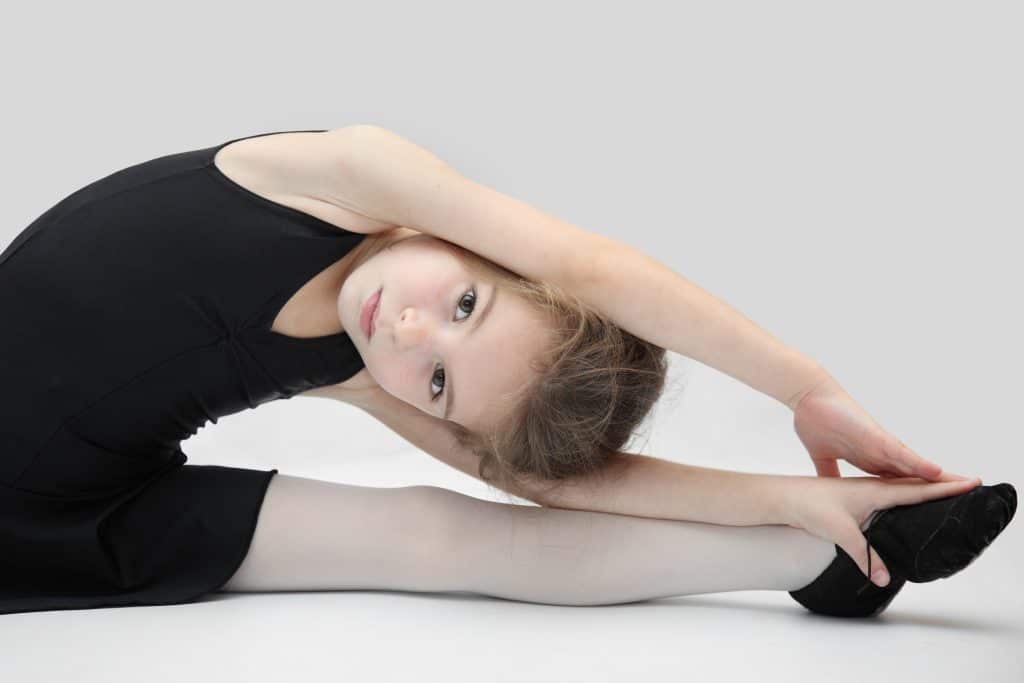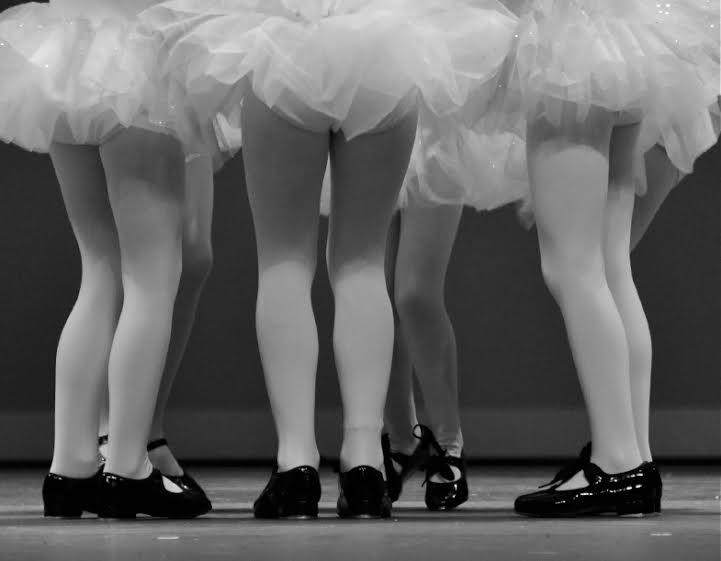As a dancer, flexibility is not optional. To have fluid movements, build strength in elongated positions, and to be more graceful in their presentation, dancers must practice flexibility daily. If you’re noticing tension in certain parts of your body or if you want to improve in your stretching and flexibility routine, here are some great tips from our dance studio in Toronto.
1. Find a Coach
As a dancer, sometimes it takes an outside perspective to help you assess your weaknesses and develop new techniques to reach your goals. This is why every dancer has a coach. A coach or someone who specializes in flexibility can work one-on-one with you to help you adjust and reach your goals. Many of these coaches were once rhythmic gymnasts, yoga teachers, or dancers themselves, and they will be able to use their experiences and knowledge to help you do better.
2. Understanding What You’re Working Towards
Flexibility allows dancers to gracefully perform their routine with strength and stability. Flexibility also improves posture, relieves tension, prevent injuries, improves circulation and oxygen flow, and makes you look taller and more confident! Understanding the importance and benefits of flexibility can serve as a motivating factor to keep you on track with your goals.
3. Always Be Warm
An important tip that is extremely important before stretching is to warm up. When muscles are warmed up and oxygenated, the range of motion is higher and stretching will be easier. Warming up your body with light exercises can help you move into the shapes you want.
4. Determine What’s Holding You Back
Once you have developed your goals, your next step is to figure out the specific things that are holding you back from reaching that goal. These hindrances are more than needing to stretch more. You need to consider which muscles need to be stretched, as well as if there are other restrictors such as your lower back, hips, hamstrings, glutes, etc. A good way to find out which areas are holding you back is to go through a series of positions that test your whole body, so that you can get a sense for where you feel the most restricted. You should do squats, cross legged sitting, long sitting, knee flexion, hip rotations, shoulder motions, back bending, and neck motions, to name a few.
5. Stretch in the Afternoon
One of the best times of the day to stretches is in the afternoon. By this time, you have likely been walking around for a while and built up heat in your body. When you stretch first thing in the morning, you might feel a little tense and notice that your range of motion is not as good as it normally is. By the afternoon your body will have warmed up enough to get your range of motion to the level that is should be so that you can push yourself in your stretches without much discomfort.
6. Push Yourself (in a Positive Way)
Sometimes the biggest enemy of our progress is our mind. It’s easy to get discouraged during periods of difficulty, especially when parts of our bodies are not working the way we want them to. However, the key to progress is pushing yourself even when it hurts. Every little push will get you closer to your goal, as long as you are staying within your limitations. Although you should be careful during your first days of stretching, you need to learn how to listen and understand your body and figure out what it needs. Stretching should always feel like a good pain. If anything feels painful or dangerous, don’t overdo it.
7. Follow Your Plan as Consistently as Possible
After you’ve developed your goal, identified your restrictions, and prepared your body by toning and stretching it, the next thing to do is to follow a consistent plan and do it as frequently as possible. Based on your personal situation, there may be a specific plan that works for you. By developing a plan, you can build upon each session to give your body consistent practice and the chance to adapt to your gains.
8. Technique Is Everything
When you stretch, it’s important to employ the correct technique. Without doing this, you can seriously injure yourself. Your hips and shoulders need to be in the right place as you extend them, otherwise you are cooking a recipe for injury. By engaging your muscles as you stretch, you can protect your joints while creating a range of motion. Don’t simply relax and throw your body into a split.
9. Remember That There Are Tons of Different Ways to Stretch
When you face restrictions when stretching, it’s important not to get discouraged. If a certain stretch isn’t working for you, remember that there are multiple ways. Doing a deep hip flexor lunge everyday may not be the most effective way for you all the time. You can also stretch by moving around on the floor and seeing how far you can take each movement. If you’re in a rush, a 10-minute stretch may be enough, or if you have the extra time, you can stretch for a whole hour.
How Performing Dance Arts Can Help You
Want to be the best possible dancer you can? Look no further than our amazing dance classes for support and training. Performing Dance Arts offers trained instructors with years of industry experience and skill, and who care greatly about the progress and happiness of our students. Our outstanding dance classes Toronto inspire creativity and our instructors will motivate your child to dance with passion, creativity, and excitement.
Our dance lessons in Toronto cater to children of all ages and skill levels, so contact us today to enroll your child or learn more. If you want a firsthand idea of what our dance studios are like, simply pay us a visit!




